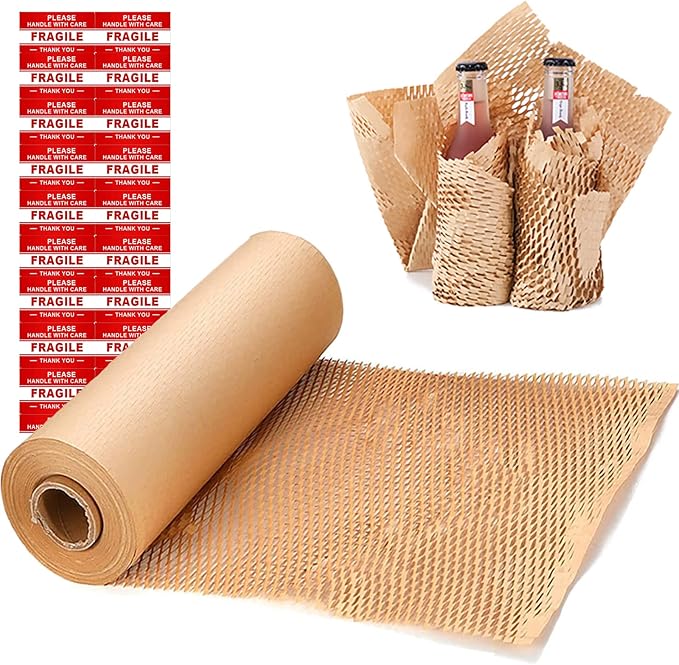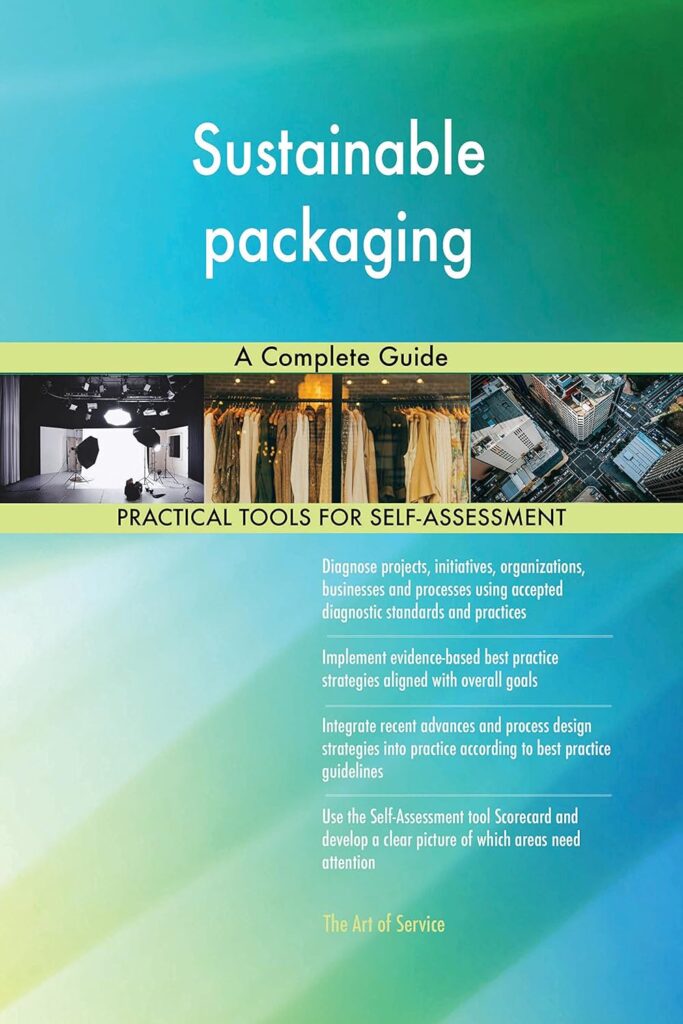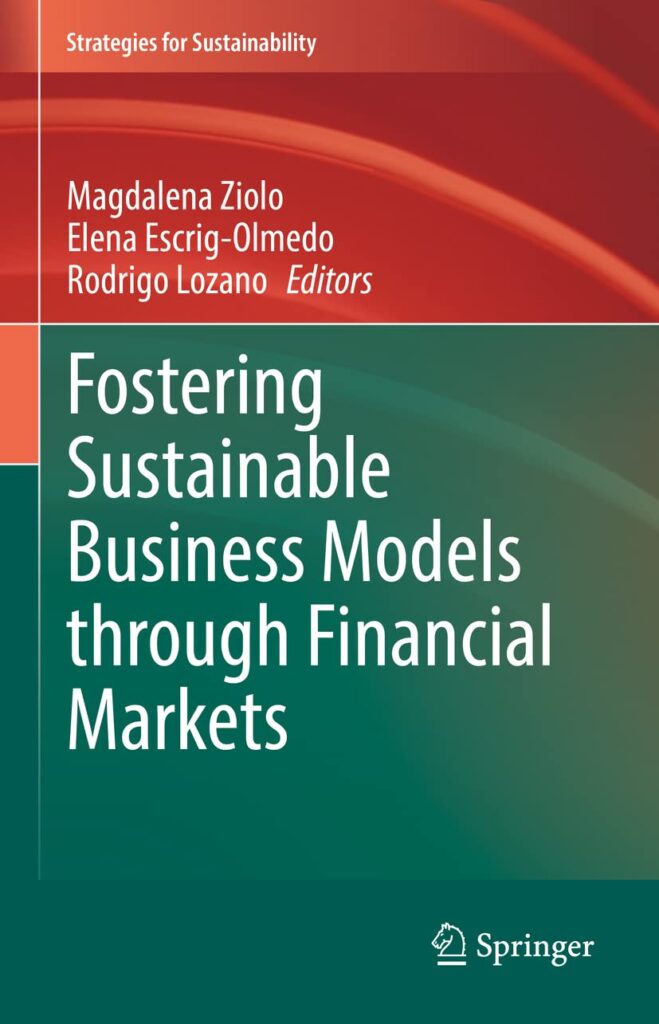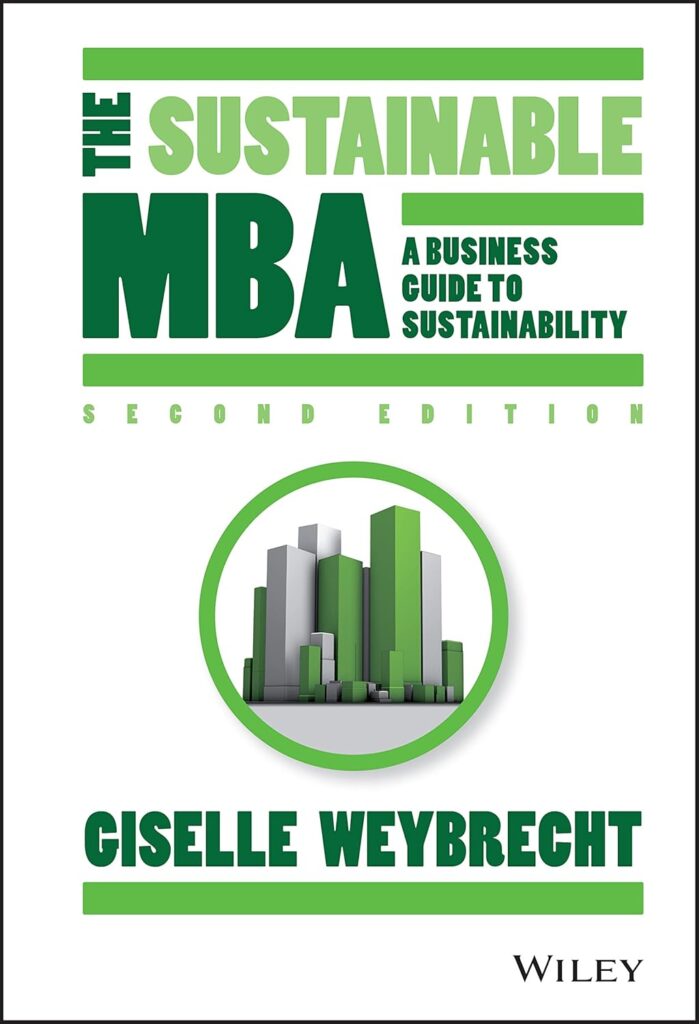Sustainable packaging is no longer just a trend but a necessity. With increasing environmental concerns, stricter regulations, and changing consumer preferences, businesses must rethink their packaging strategies to align with sustainability goals. Switching to eco-friendly packaging not only benefits the planet but also enhances brand reputation and customer loyalty.
This guide explores why businesses should adopt sustainable packaging, its benefits, and how to make the transition effectively.
1. Understanding Sustainable Packaging
Sustainable packaging refers to the use of materials and processes that have minimal environmental impact. This can include:
- Biodegradable materials (e.g., cornstarch, mushroom packaging)
- Recyclable packaging (e.g., paper, glass, aluminum)
- Reusable alternatives (e.g., refillable containers)
- Compostable materials that break down naturally without harming the environment
Using these materials reduces waste and conserves resources, helping businesses lower their ecological footprint.
Recommended Product: Biodegradable Packaging Options
2. Consumer Demand for Eco-Friendly Packaging
Today’s consumers are more environmentally conscious than ever. Studies show that:
- Over 60% of consumers prefer brands that use sustainable packaging.
- 74% of customers are willing to pay more for environmentally friendly products.
- Millennials and Gen Z, who prioritize sustainability, make up a growing share of the market.
By adopting eco-friendly packaging, businesses can attract and retain customers who align with these values.
Recommended Product: Sustainable Packaging Books
3. Regulatory and Compliance Advantages
Governments worldwide are imposing stricter regulations on plastic waste and non-recyclable materials. Businesses that do not comply face fines and reputational risks.
- The European Union’s Single-Use Plastics Directive bans plastic straws, cutlery, and other disposable plastic items.
- The U.S. Plastic Waste Reduction and Recycling Act encourages businesses to use sustainable alternatives.
- Many countries have implemented extended producer responsibility (EPR) policies requiring companies to manage packaging waste.
Switching to sustainable packaging now helps businesses stay ahead of regulations and avoid costly penalties.
Recommended Product: Compliance Guide for Sustainable Packaging
4. Cost Savings and Operational Efficiency
Contrary to popular belief, sustainable packaging can lead to long-term cost savings.
- Reduced material costs: Lightweight, recyclable materials often cost less to produce and transport.
- Lower waste disposal costs: Businesses that generate less packaging waste can save on waste management expenses.
- Improved efficiency: Smart packaging designs optimize storage and shipping, reducing logistics costs.
Recommended Product: Eco-Friendly Packaging Supplies
5. Enhancing Brand Image and Competitive Advantage
A strong sustainability commitment can set a business apart from competitors. Companies like Apple, Patagonia, and Unilever have gained customer trust and loyalty by prioritizing eco-friendly packaging.
Benefits include:
- Positive brand perception
- Increased customer retention
- Attracting eco-conscious investors and partners
Recommended Product: Marketing Sustainability Strategies
6. Innovation and Future-Proofing the Business
Sustainable packaging is driving innovation in material science and supply chain logistics. Businesses investing in this area are better positioned for the future.
Emerging packaging solutions include:
- Edible packaging (e.g., seaweed-based wraps)
- Mushroom-based biodegradable containers
- Water-soluble packaging that dissolves after use
Recommended Product: Innovative Sustainable Packaging Solutions

7. Steps to Transition to Sustainable Packaging
Making the shift to sustainable packaging requires careful planning. Here’s how businesses can do it effectively:
- Conduct a Packaging Audit – Identify areas for improvement in your current packaging materials and processes.
- Research Sustainable Alternatives – Find eco-friendly materials that align with your product needs.
- Work with Sustainable Suppliers – Partner with vendors who prioritize environmental responsibility.
- Redesign Packaging for Minimal Waste – Optimize packaging to use fewer materials without compromising protection.
- Educate Consumers – Inform customers on how to properly dispose of or reuse packaging.
- Monitor and Improve – Continuously evaluate packaging performance and seek further innovations.
Recommended Product: Sustainable Business Practices Guide
Final Thoughts
Sustainable packaging is no longer optional—it’s essential for businesses looking to thrive in an environmentally conscious marketplace. By adopting eco-friendly packaging solutions, businesses can reduce waste, comply with regulations, cut costs, and enhance brand reputation.
If you’re a business owner or decision-maker, now is the time to take action. Small changes today can lead to a more sustainable and profitable future.







